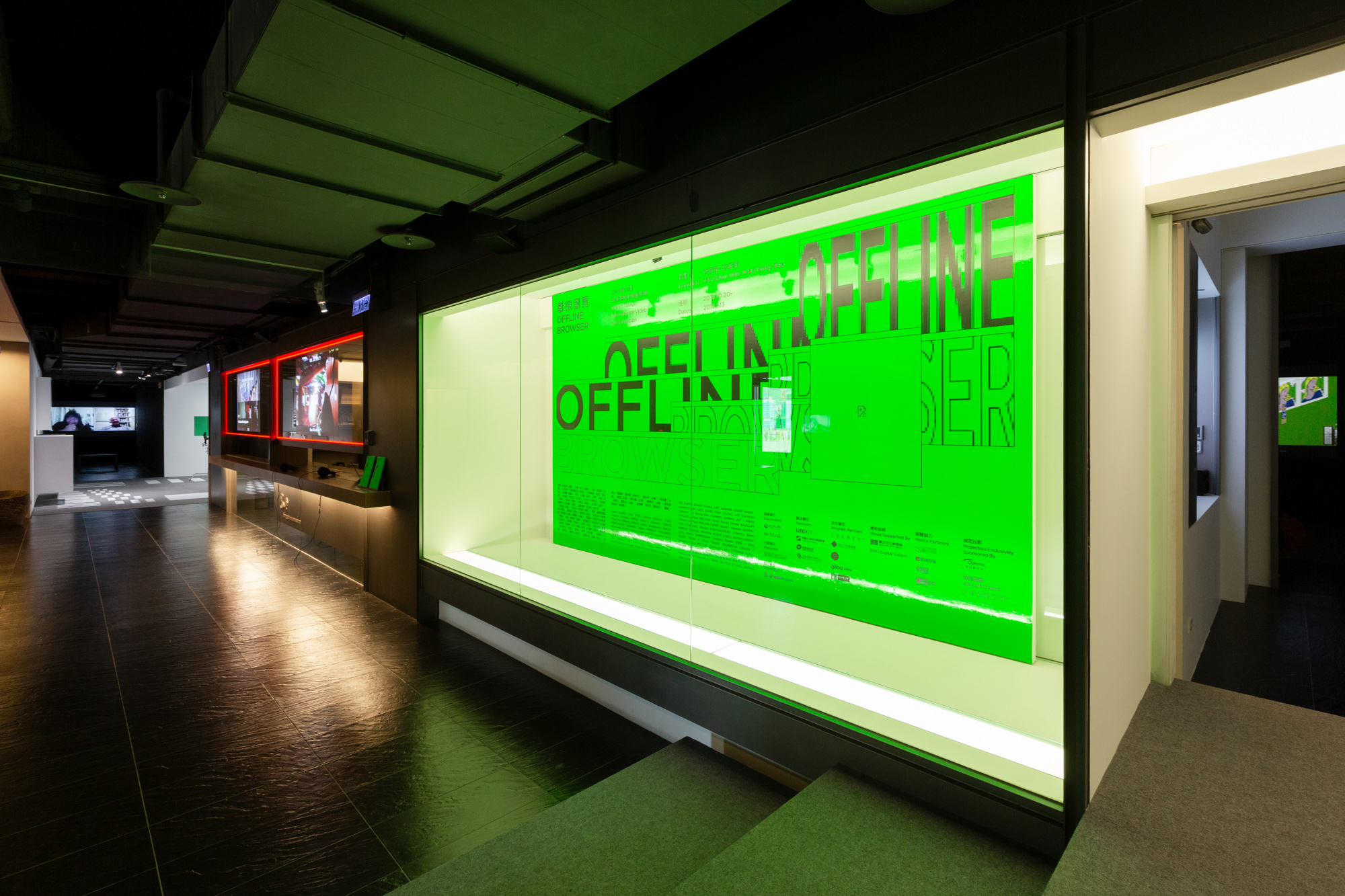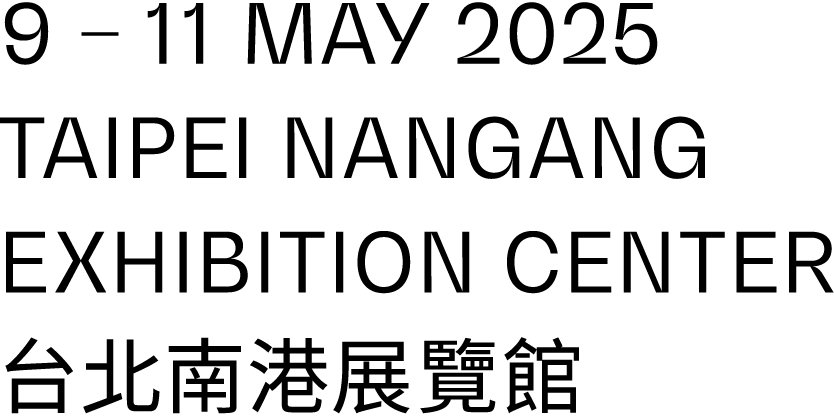Hong-gah Museum: An interdisciplinary meeting point

Editor: Isabelle Kuo
In the area of new media, Ars Electronica Festival in Linz, Austria, has been in the leading position for decades. Videonale in Bonn, Germany, is another benchmark festival. Proyector – Festival de Videoarte in Madrid, Spain, focuses on communicating with the public with experimental projects. STRP Festival is a biennial held in Eindhoven, Netherland, focusing on international exchanges. Japan Media Arts Festival, held by Japan’s Agency for Cultural Affairs, brings animations, games and digital arts together. In Beitou, Taiwan, Taiwan International Video Art Exhibition (TIVA), held every two years by Hong-gah Museum, has started to gain the international attention it deserves on its curatorial themes that reflect the experiences of the era and the well-designed duo-curator system. Its 6th exhibition, “Offline Browser”, which just ended at the beginning of 2019, was curated by Hsu Chia-Wei and Hsu Fong-Ray, who invited the works of Harun Farocki and Hito Steyerl to the exhibition. Compared to its 4th and 5th exhibitions, which received 235 and 358 applications through the open call respectively, the 6th exhibition received 574 applications from 59 countries, mainly Chinese-speaking and European countries, which shows the increase of reputation and impact accumulated internationally during the 10 years of the festival.
The energy of video art, small but shining
Video art is not only one of the strengths of Hong-gah Museum, but also a form of art that was done excellently in Taiwan as a result of the advanced technology of the island and the New Wave in Taiwan cinema in the 80s and 90s. When Hong-gah Museum moved to the current address in 2008, the structure of the festival, a curated exhibition once every two years with an open call under the duo-curator system, was decided between the museum and Chen Yung-Hsien, who was teaching at Multimedia and Animation Arts Department at National Taiwan University of Arts. The first TIVA, “Dwelling Place”, was born in the same year, curated by independent curator Sean C. S. Hu and Chen Yung-Hsien, as the first long-term exhibition projects in Taiwan focusing on video art.
From the earliest theme, diet and accommodation, to the latest edition that explored how the internet influence the way we think, the theme of each exhibition is closely connected to the living experience of the time, which shows the ambition of the museum to connect contemporary art to the public. Located inside an office building, the museum is not particularly spacious, however, with two-year-long preparations and discussions between the curators and the museum, it continuously delivers small but exciting exhibitions, presenting interesting perspectives and debates with detail-oriented executions. TIVA has become something that we look forward to every two years. The 7th TIVA, which will start at the end of 2020, will be curated by independent curator Eva Lin and the director of research division of Taiwan Contemporary Culture Lab (C-LAB), Wei Yu. For the first time, the exhibition will be held at two venues, Hong-gah Museum and C-LAB. The curatorial team has started the preparation, and the open call was announced in December 2019.
Creating interdisciplinary conversations
In fact, in as early as 2004, the founder of Hong-gah Museum, Chiu Tsai-hsing, had launched the NCAF Techno Art Creation Project (2004 – 2008) with Acer Foundation and Lite-On Cultural Foundation. It supports projects of new media art, which is considered as the predecessor of TIVA. It had supported many active new media artists, such as Hsin-Chien Huang, Lin Jiun-Ting and Llunc Lin.
The openness can also be found in the collection of the museum. Apart from a small-scaled collection of contemporary artworks, another specialty of Hong-gah Museum is its embroidery collection, which is the most complete private embroidery collection in Asia. Centered on the classics works from Suzhou Embroidery Museum and HunanEmbroidery Museum, the collection includes more than 500 pieces made after the 1950s with diverse styles and techniques. Additionally, the museum also has a number of calligraphy and ink paintings by different generations of Taiwanese artists in its collection. A large part of it was auctioned in 2017, and the revenue generated was used to fund the museum’s operation. “We have very different groups of audience. And they don’t really overlap.” said Po-Chi Su, the director of Hong-gah Museum. “The audience who likes paintings from earlier generations of artists might not like the beauty of the embroidery. The audience who likes embroidery would wonder why the exhibition space is so dark while entering our video art exhibitions.” In this case, Hong-gah Museum is facing a rare challenge of communicating with the diverse groups of audience. “We have carried out different attempts to promote the exhibitions. Sometimes we target different groups of audience, other times we try to bring people together.”
Another task of the museum is to activate its collection, encouraging interdisciplinary collaborations. “For example, apart from being a form of craft, embroidery also requires intense labor, which can be included in the current debates about labor in contemporary art,” said the director Su. This has led the museum to invite artist Hou I-Ting, who has been discussing labor and body politics in textile industry in her works, to re-interpret the embroidery collection through contemporary perspectives in the exhibition “Sewing Image – An Experiment in Hong-Gah Museum Collection”.
Twenty years in Beitou
Since its launch, Hong-gah Museum has been located in Beitou, on the outskirts of Taipei. Known for its light industry, the area does not have as many art activities as urban Taipei, instead, it has a rich local history. Apart from the exhibitions, Hong-gah Museum also hosts various courses, bringing audience from the local community to the museum. There are four exhibitions held in the main exhibition space each year. The first exhibitions have always been directly related to the local community. Beitou Local Flavors Collecting Projects and Beitou Local Image Collecting Projects are two examples. Through curating, comparative research and field research, “Herbal Urbanism”, is another series of exhibitions at Hong-gah Museum, curated by Manray Hsu in recent years, aiming to explore the unknown sides of Beitou. Moreover, the museum also actively connects and collaborates with other organizations in the area, such as Beitou Hot Spring Museum and Taiwanese Yueqin Folk Song Association. Su said, “Hong-gah Museum not only invites the audience to the museum, furthermore, it walks out of the museum, participating in the community, playing roles other than the role of a museum.”
Video art, collection activation, and community development, are the three major tasks of Hong-gah Museum at the current stage. As the artworks and theories of contemporary art are both constantly being explored, updated and challenged, which make contemporary art harder to comprehend for the public. “The priority of the museum is to spread the right message and create an environment that allows the audience to perceive it in its own preferred way.”
Image courtesy: Hong-gah Museum



